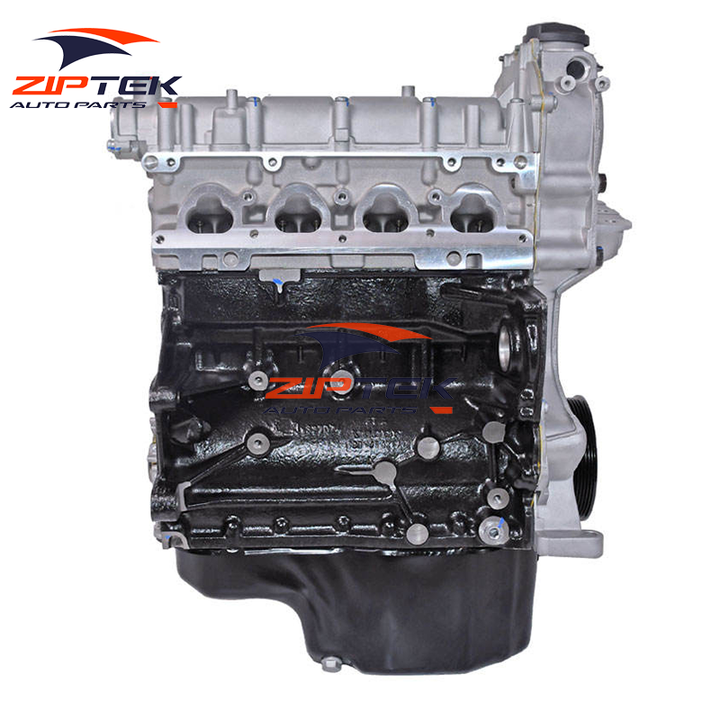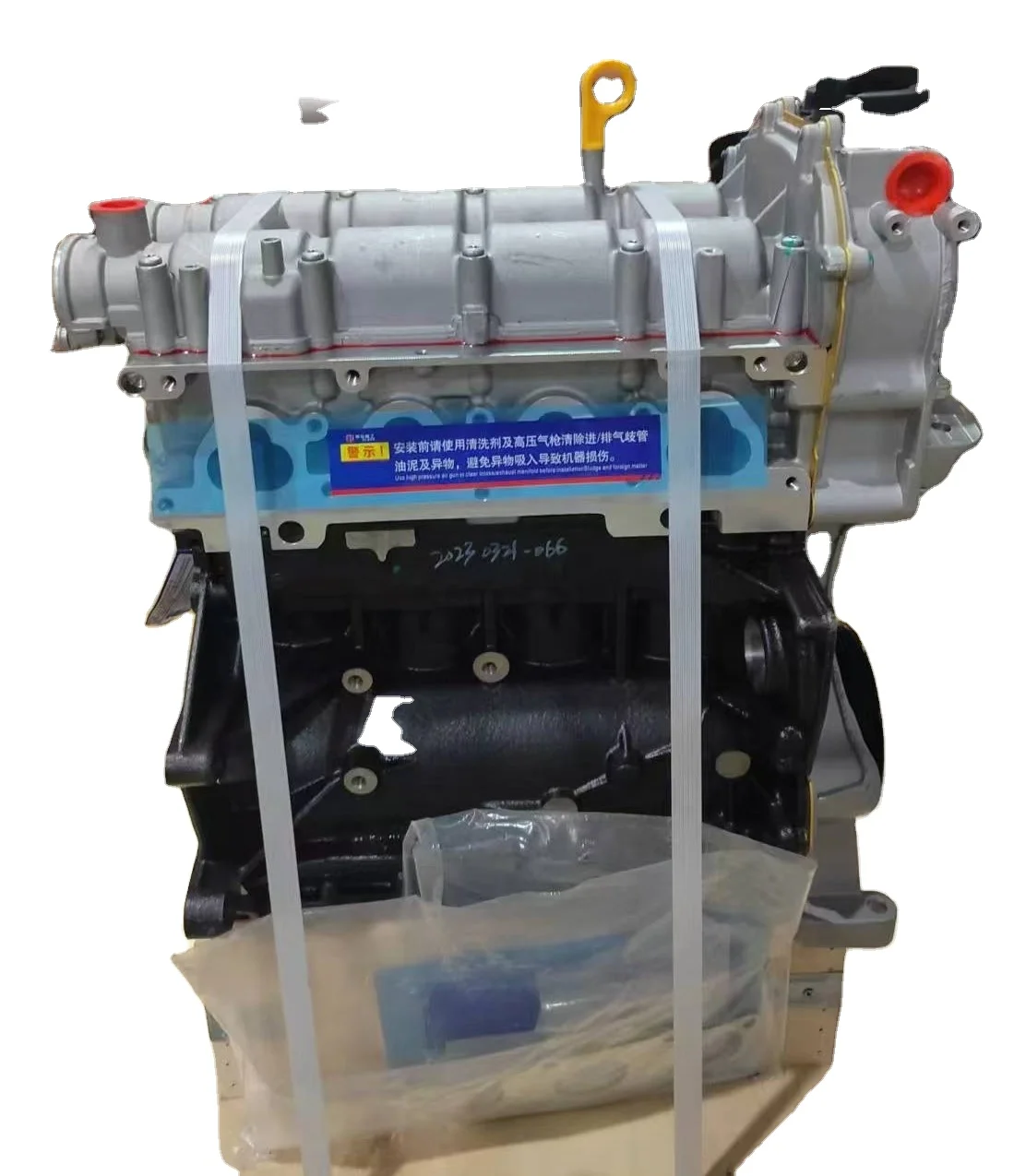How a Clp Engine Can Boost Effectiveness in Various Industries
The introduction of CLP engines marks a substantial change in operational efficiency across different sectors, driven by their ability to enhance gas usage and lessen downtime. As companies increasingly prioritize sustainability together with performance, the duty of CLP engines comes to be also more important.
Overview of CLP Engines
CLP engines, or Continual Fluid Propellant engines, stand for a considerable improvement in propulsion innovation, especially for space applications. These engines make use of a continual feed system that enables for the sustained expulsion of propellant, leading to boosted performance and performance compared to typical strong or hybrid propulsion systems. By maintaining a constant circulation of liquid propellant, CLP engines can attain more precise drive control, which is vital for maneuvering spacecraft in numerous objective scenarios.
The layout of CLP engines integrates innovative products and cutting-edge fuel management systems. clp engine. This causes decreased weight and raised dependability, important variables for long-duration area goals. Moreover, the constant procedure lessens the risk of combustion instability, an usual difficulty in standard rocket engines.

Advantages in Manufacturing
The production of Continual Liquid Propellant (CLP) engines offers numerous remarkable benefits that boost both effectiveness and cost-effectiveness. One of the main benefits is the structured manufacturing procedure, which decreases the complexity associated with traditional propulsion systems. By making use of fluid propellant, producers can attain better precision in engine performance, leading to maximized power outcome and reduced waste.
In addition, CLP engines promote a greater degree of modularity, enabling easier assimilation right into various production lines. This versatility can substantially lower preparations and improve overall functional versatility. Making use of CLP modern technology likewise tends to lessen the requirement for extensive maintenance due to fewer relocating parts, which translates right into minimized downtime and operational expenses.

Applications in Logistics
Leveraging Constant Liquid Propellant (CLP) engines in logistics provides significant advantages in operational efficiency and reliability. These engines offer a robust solution for various transportation needs, enabling the smooth motion of products across large distances. The inherent design of CLP engines enables regular power result, which converts right into smoother and much more predictable transport timetables.
One content of the essential applications of CLP engines in logistics is in heavy-duty products transportation, where they can drive both ground and aerial cars. Their ability to keep high performance under varying lots problems makes certain that shipment timelines are satisfied, thereby boosting consumer contentment. Furthermore, CLP engines can be integrated into automated logistics systems, promoting real-time monitoring and enhancing my site path planning.
Additionally, the longevity of CLP engines minimizes maintenance downtime, allowing logistics companies to maximize their functional abilities. This is particularly advantageous in warehousing operations, where efficiency in taking care of and carrying items is crucial. As logistics remains to progress, the integration of CLP engines stands for a forward-thinking strategy that not only improves efficiency yet also supports the market's growing demands for integrity and speed.
Influence On Power Effectiveness
How do Constant Liquid Propellant (CLP) engines improve power effectiveness in transport? CLP engines utilize a constant circulation of liquid fuel, maximizing combustion processes and keeping a stable thrust result. This design reduces power losses associated with conventional burning engines, where gas delivery can vary and bring about ineffectiveness.
The constant procedure of CLP engines allows for a more effective thermal cycle, causing greater specific impulse compared to traditional engines. clp engine. This translates to decreased gas intake for the very same quantity of job done, considerably reducing functional prices throughout numerous transport industries, consisting of air travel and maritime sectors
In addition, the ability of CLP engines to maintain optimal performance under differing load problems reduces the requirement for regular velocity and slowdown, additionally improving fuel effectiveness. Enhanced energy effectiveness not only contributes to cost savings yet also results in lower greenhouse gas emissions, aligning with global sustainability objectives.
Future Trends and Innovations
Arising innovations in Continual Liquid Propellant (CLP) engine innovation assurance to change the landscape of transport effectiveness and sustainability. As markets pivot toward greener choices, CLP engines stand at the center, incorporating ingenious materials and layout methodologies that enhance performance while decreasing ecological effect.
One of one of the most appealing trends is the fostering of crossbreed systems that incorporate CLP engines with eco-friendly power sources. This harmony can enhance fuel intake and minimize emissions, straightening with worldwide sustainability goals. In addition, developments in computational fluid characteristics (CFD) are assisting in the design of even more aerodynamically efficient engines, bring about minimized drag and improved gas efficiency.
Furthermore, the development of wise surveillance systems is established to improve operational effectiveness. These systems leverage data analytics and IoT modern technology to optimize engine performance in real-time, making sure that the engines operate within their most effective criteria.
As research proceeds to discover alternative propellant formulas-- such as biofuels and artificial fuels-- the future of CLP engines looks promising. By taking advantage of these developments, markets can not just improve their effectiveness yet additionally contribute considerably to a cleaner, extra sustainable future in transportation.
Final Thought
In verdict, CLP engines represent a considerable improvement in performance across multiple markets. Their capability to optimize fuel usage and minimize functional prices, combined with a continuous feed system, improves power outcome and operational dependability. The assimilation of sophisticated products and less moving components lessens upkeep requirements, while alignment with Homepage sustainability goals positions CLP engines as a critical innovation for the future. Proceeded advancement in this area assures more renovations in performance and ecological efficiency.